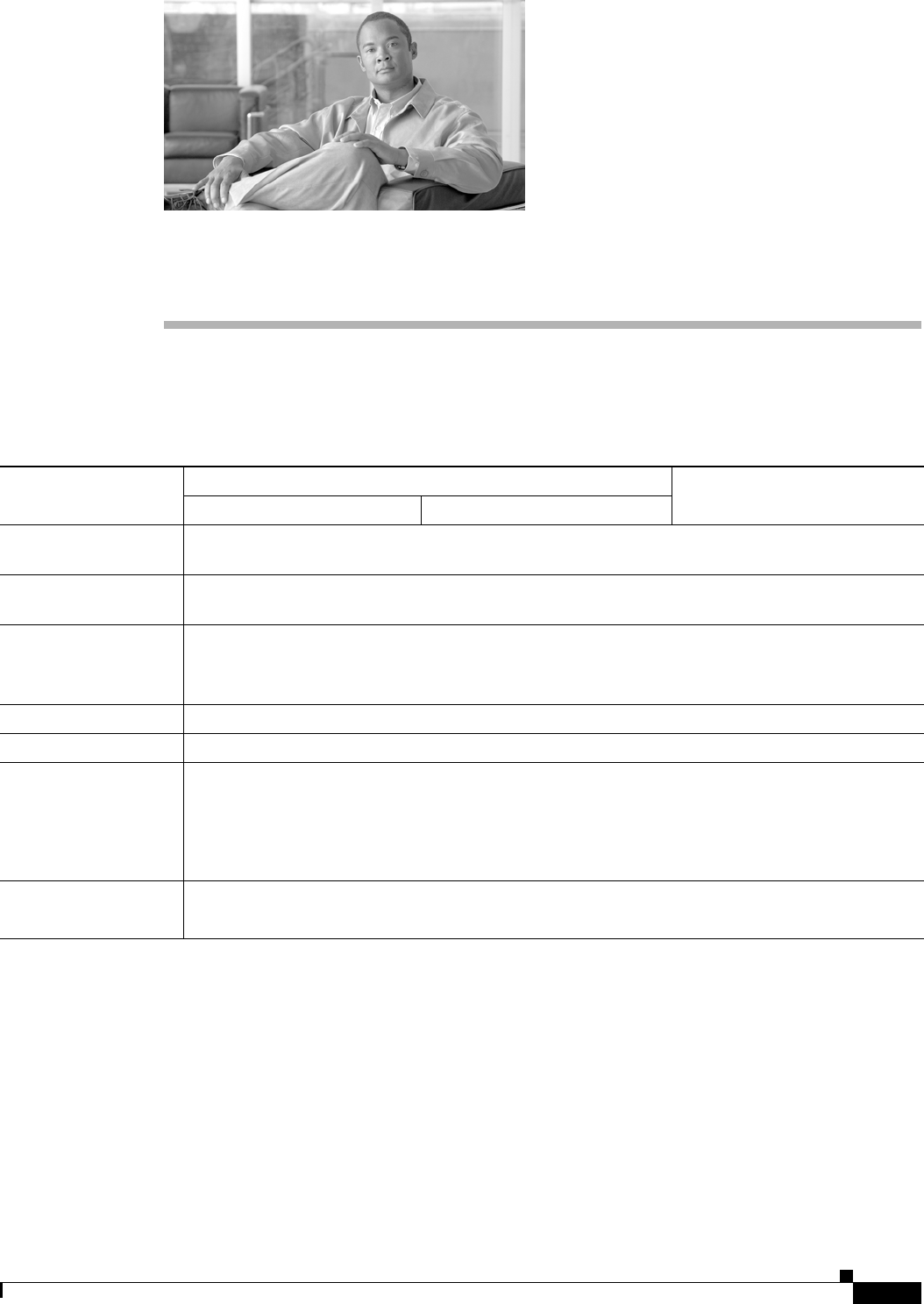User manual
Table Of Contents
- Cisco Aironet 1130AG Series Access Point Hardware Installation Guide
- Contents
- Preface
- Overview
- Installing the Access Point
- Safety Information
- Warnings
- Unpacking the Access Point
- Basic Installation Guidelines
- Controller Discovery Process for Lightweight Access Points
- Deploying the Access Points on the Wireless Network
- Opening the Access Point Cover
- Mounting the Access Point on a Horizontal Surface
- Mounting the Access Point Below a Suspended Ceiling
- Mounting the Access Point Above a Suspended Ceiling
- Mounting Access Point on a Network Cable Box
- Mounting Access Point on a Desktop or Shelf
- Attaching the Access Point to the Mounting Plate
- Securing the Access Point
- Connecting the Ethernet and Power Cables
- Rotating the Cisco Logo
- Troubleshooting Autonomous Access Points
- Checking the Autonomous Access Point LEDs
- Checking Basic Settings
- Low Power Condition for Autonomous Access Points
- Running the Carrier Busy Test
- Running the Ping Test
- Resetting to the Default Configuration
- Reloading the Access Point Image
- Obtaining the Access Point Image File
- Connecting to the Access Point Console Port
- Obtaining the TFTP Server Software
- Troubleshooting Lightweight Access Points
- Guidelines for Using 1130AG Series Lightweight Access Points
- Checking the Lightweight Access Point LEDs
- Low Power Condition for Lightweight Access Points
- Manually Configuring Controller Information Using the Access Point CLI
- Returning the Access Point to Autonomous Mode
- Obtaining the Autonomous Access Point Image File
- Connecting to the Access Point Console Port
- Obtaining the TFTP Server Software
- Translated Safety Warnings
- Declarations of Conformity and Regulatory Information
- Manufacturers Federal Communication Commission Declaration of Conformity Statement
- VCCI Statement for Japan
- Industry Canada
- European Community, Switzerland, Norway, Iceland, and Liechtenstein
- Declaration of Conformity for RF Exposure
- Guidelines for Operating Cisco Aironet Access Points in Japan
- Administrative Rules for Cisco Aironet Access Points in Taiwan
- Declaration of Conformity Statements
- Access Point Specifications
- Channels and Maximum Power Levels
- Console Cable Pinouts
- Priming Lightweight Access Points Prior to Deployment
- Configuring DHCP Option 43 for Lightweight Access Points
- Glossary
- Index

C-1
Cisco Aironet 1130AG Series Access Point Hardware Installation Guide
OL-8369-05
APPENDIX
C
Access Point Specifications
Table C-1 lists the technical specifications for the 1130AG series access point.
Ta b l e C-1 Access Point Specifications
Category
802.11g Radio Specifications
802.11a Radio Specifications802.11b Operation 802.11g Operation
Size 7.53 in. W x 7.53 in. D x 1.31 in. H
19.13 cm W x 19.13 cm D x 3.33 cm H
Indicators Tri-color Status LED indicator on the top panel and two bi-color LED indicators (radio and Ethernet)
in the cable bay
Connectors Cable bay (left to right)
Power connector (for plug-in AC power module); RJ-45 connector for 10BASE-T or
100BASE-T Ethernet connections; upside down RJ-45 connector for serial connections.
Input Voltage 48 VDC (nominal)
Input Power 12.95 W (typical)
Operating Temperature Base unit:
32 to 104
o
F (0 to 40
o
C)
1130AG series power module:
32 to 104
o
F (0 to 40
o
C)
Weight Without mounting hardware:
1.48 lbs (0.67 kg)










